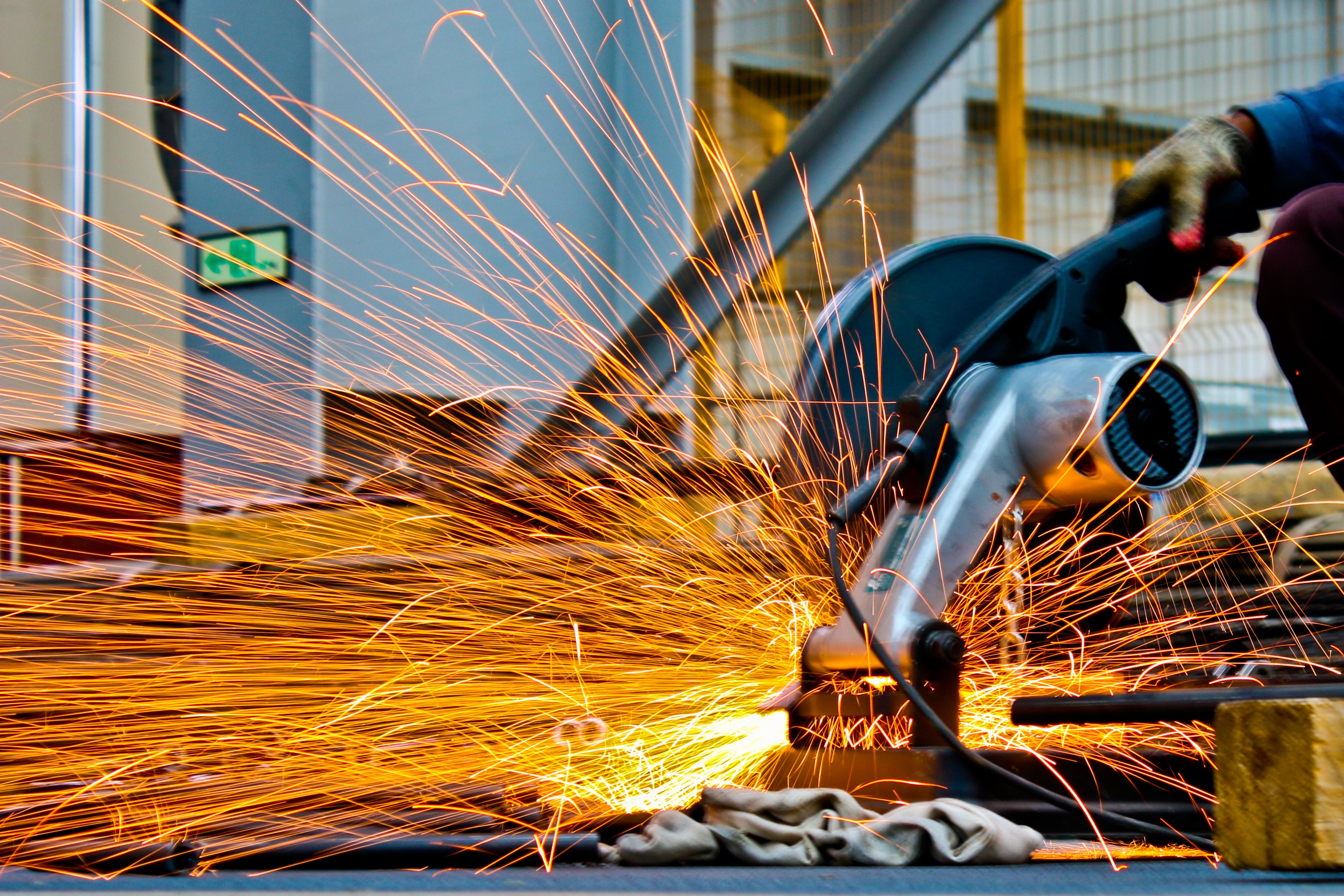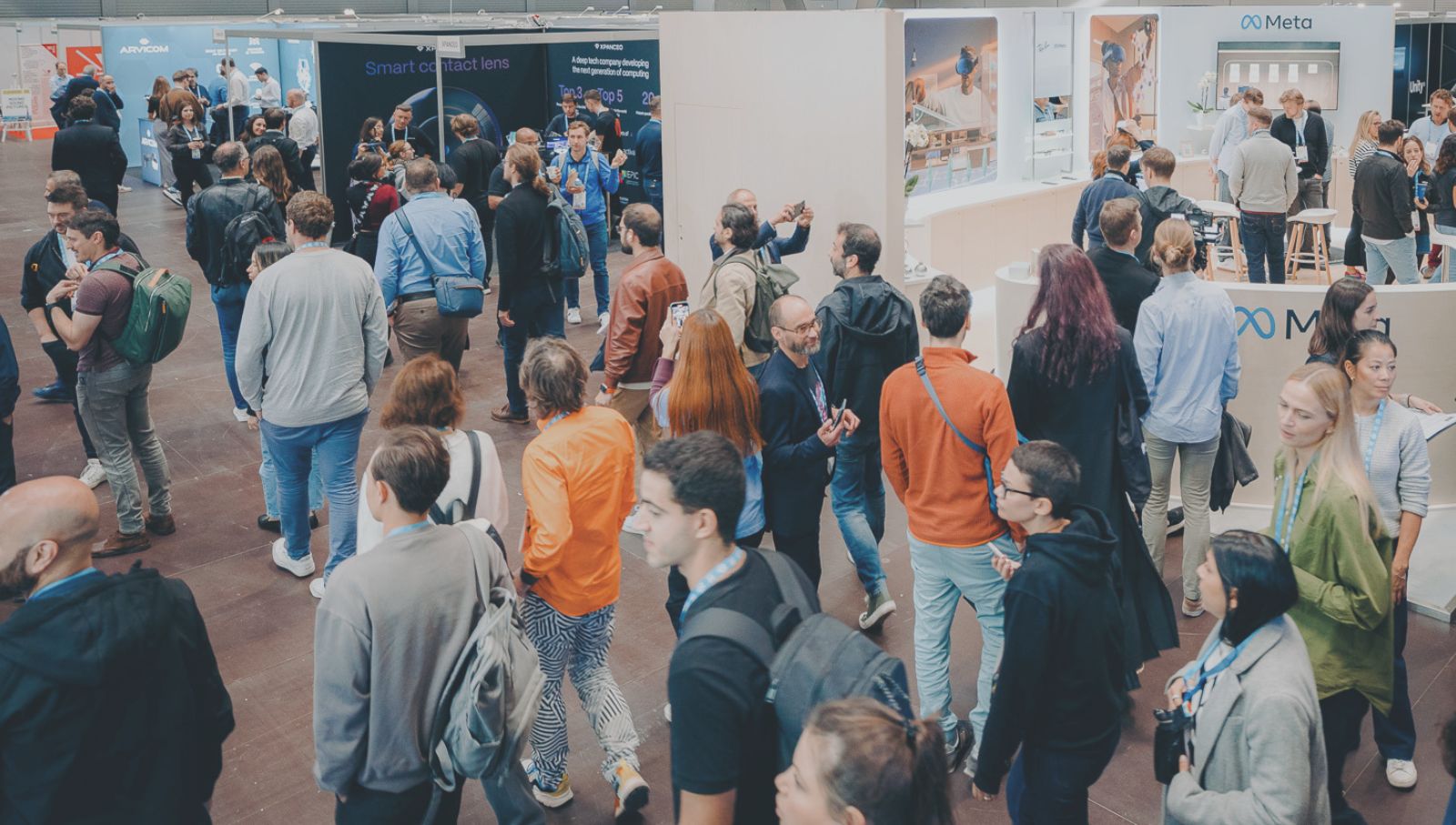One of the major themes for this year’s AWE event in Europe is XR and Industry 4.0. From automotive to the finance industry, augmented and virtual reality tools can be found in innovation labs and pilot programs in most business sectors. Read on to preview some of the real and future applications of XR in industry:
Automotive:
XR technologies are being explored in nearly every aspect of the auto industry, from automobile design and manufacturing to the dealership experience. In Europe especially, major car producers have been enthusiastic early adopters of XR technologies. Auto manufacturers are looking to XR to simulate assembly processes and avoid ergonomic issues, help consumers shop for cars, reduce the size of their dealerships, improve service, and more. As in other industries, service technicians could use AR glasses for heads-up, hands-free instructions and remote expert support; while consumers could go for virtual test drives and use AR apps as owner’s manuals.
Manufacturing:
Manufacturers today are dealing with a growing skilled labor shortage, as experienced workers retire at a faster rate than new employees can be trained to replace them. A major appeal of AR and VR in the manufacturing industry, therefore, is the technology’s ability to simulate realistic work conditions for more effective training, along with the potential to help brand new recruits learn on the job via AR checklists, diagrams and instructions in their field of view (FOV).
Manufacturing workers are practicing assemblies and learning to operate heavy machinery with zero risk in virtual environments; and they’re using smart glasses to view digital instructions and other media overlaid on parts and equipment in assembly, maintenance and inspection. Manufacturers are also combining XR with other IoT technologies; pairing AR with machine sensors and data analytics to achieve predictive maintenance and AR with AI to help QA workers spot defects.
Energy & Utilities:
In the power sector, XR can be a means of transferring smart grid information to engineers on the ground. With better insight into power generation, use and distribution thanks to VR models, big data, and consumer tech like smart meters, utilities may be able to dispatch the technician closest to a job no matter his or her level of experience. With a strong foundation of training in VR and the ability to make equipment on site come to life via AR overlays, repairs could become close to fool-proof.
Utility companies and associations are actively involved in a number of research projects exploring the use of XR to visualize underground assets, pipelines, etc.; view performance data and additional information about a piece of equipment on the job; capture the specialized knowledge of outgoing workers; reduce accidents; and provide hands-on, hazard-free training.
Engineering & Construction:
In AEC, it’s all about design visualization and collaboration. Architects and engineers are using AR+VR to collaborate with colleagues across the world on the same design in virtual space, to work with clients, and to spot issues before construction begins. XR allows for better communication among all the various stakeholders involved in a project, including the customer and all contractors. With easier collaboration, the ability to virtually walk through a design and avoid rework, and all parties able to visualize the final product; the chances of finishing a project on time and close to budget become greater.
During the actual building phase, construction workers can do hands-on work while following building plans directly in their FOV, overlaid onto the built environment. It’s also possible to plan out the job site before breaking ground, using VR to determine where people, supplies and equipment should go. And, as building progresses, photos taken on the job site with smart glasses can be tied back into XR models for all stakeholders to view.
Defense:
For years now, military contractors and defense firms have been exploring AR interfaces for improving training and missions. From fighter pilots to regular ground troops, VR allows military (and navy) personnel to practice tactical decision-making in dangerous and diverse (virtual) environments. Training in VR is also cheaper and safer than setting up live simulations with real military equipment (or battleships), and research shows that virtual simulations may actually better prepare soldiers’ cognitive abilities for the battlefield.
In action, AR glasses can overlay critical information like the movement of allied troops and enemy forces, topographical data, etc. in real time; improving the situational awareness of and reducing the cognitive stress on troops under fire.
Aviation:
Aircraft manufacturing workers at companies like Boeing are already using AR in the assembly and installation process to project directions, plans and other visual cues in their line of view, onto the craft being worked on, and to verify their work. The result? Faster-built, higher-quality aircraft. Other possibilities in aviation include design and training: Aircraft and parts engineers could use immersive tech to collaborate on new designs and fixes; pilots for AR guidance in the air.
In an industry with large, complex and pricey equipment like aviation, VR offers the closest experience to hands-on training. Easier and cheaper than using real aviation equipment, VR is promising for future pilot training and the training of aviation maintenance workers, aircraft mechanics, and airline technicians. XR might even be used to train airport staff and cabin crew, for boarding passengers onto the plane, and as in-flight entertainment.
Logistics:
The top use case for XR in logistics is picking: Warehouse workers are ditching handheld scanners and paper pick lists in favor of wearing smart glasses with simple AR software that put picking instructions directly in their FOV. Hands-free, voice-controlled AR solutions can provide navigation, read barcodes/labels, and verify tasks; helping warehouse workers (including seasonal ones) locate and place items with greater speed and accuracy. Freight loaders can use similar solutions to scan cargo and bring up shipment information such as how to care for and position packages.
In addition to improving warehouse picking and loading operations, XR can be used to train logistics workers, monitor warehouse activity in real-time, and design warehouse layouts. In VR, package delivery drivers can train for hazardous road conditions and warehouse workers can learn to operate forklifts. AR can also assist in optimally arranging the warehouse according to inventory.
Pharmaceutical:
Big pharma is exploring VR for a number of applications including new drug design and marketing. Some companies are deploying the technology in the lab, others for educating sales reps, doctors and consumers about diseases and drug treatments. As with architects and engineers, XR could help chemists and biologists effectively exchange ideas for tweaking a drug’s molecular makeup. The ability to simulate biological systems and drug interactions will provide novel insight for improving drugs and speeding up the drug discovery process. Beyond design, as in other manufacturing operations, AR could help pharmaceutical manufacturers improve factory productivity and audit quality.



